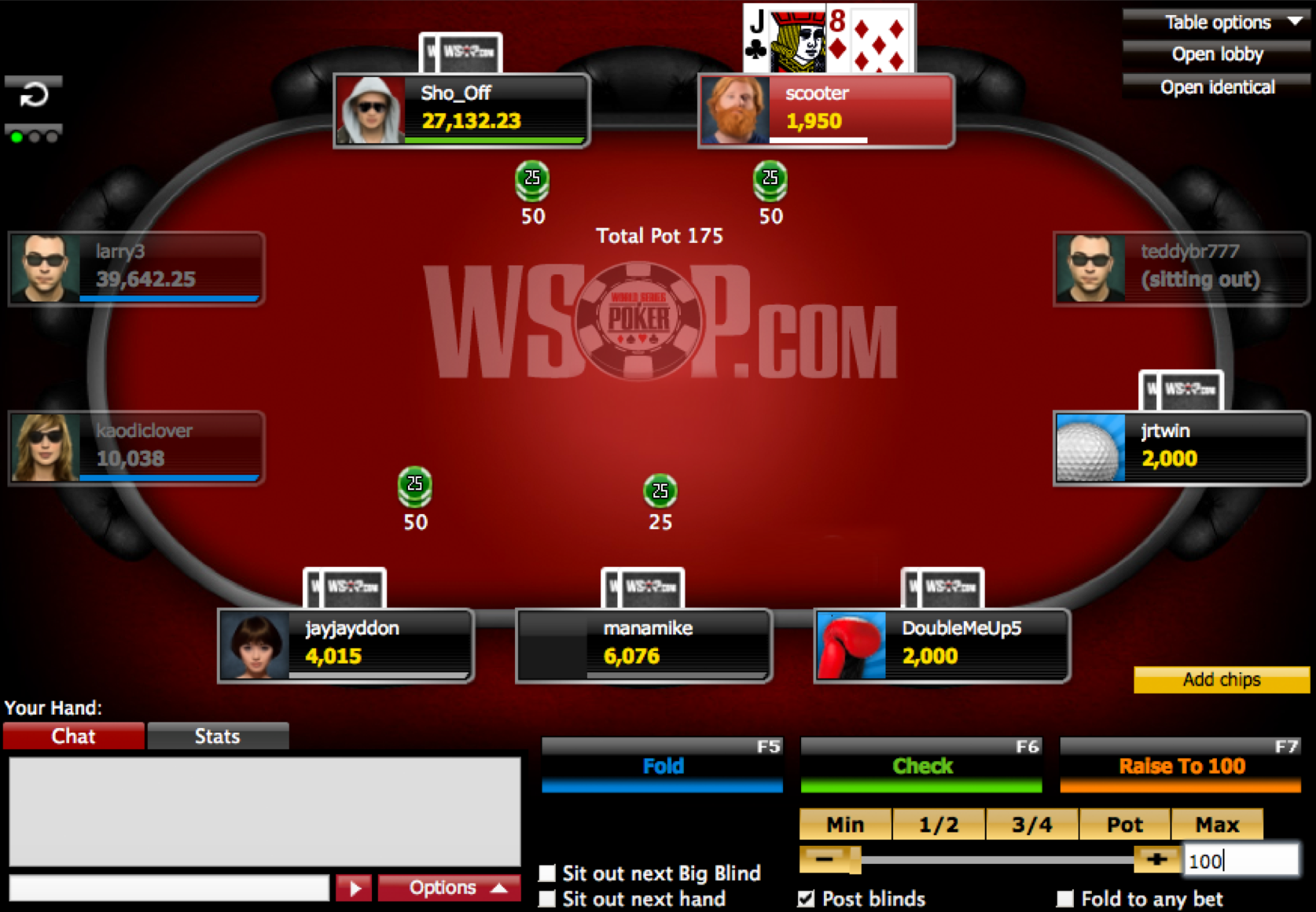Reading The Game Dynamic – Learn about the games
I am very happy to be writing for Poker Gossip and want to take this opportunity to talk about the changing face of online poker since I first turned pro in 2002. The online arena was massively different back then and the only game in town was limit. I played limit hold’em for three years solid but by 2005 it was becoming clear to me that I had no more future in limit hold’em as the game was solved by the higher echelon players that were then drifting down into playing the middle limits and even lower than that.
You need to understand the terms and conditions of the 1winpalace.com for the downloading of the games. The players can play the games according to their choice and preference. It will provide the best experience to the players. The establishing of the limits and restrictions is important for the players.

Luckily the NLHE games were taking off and millions of people were seeing this form of poker on television and wanting to emulate it online. The good times were back until around 2006 when we lost the US market thanks to UIGEA. After that the games started to get tougher and tougher online but that also coincided with the arrival of things like tracking software and advanced coaching. The online poker industry was moving and moving rapidly and it was tough to keep up with all the changes.
The difference in game dynamics between a NLHE ring game (which is what I play) in 2006 and in 2013 is striking. In 2006 then set mining for example was a profitable strategy for the simple reason being that pots were being played multi-way in a much greater frequency and the percentage of players seeing the flop was much higher. This meant that with weaker opponents and deep stacks then your implied odds were much greater than what they are now.
However today then the online arena is vastly different and this can be seen with PokerTracker stats like showdown and non-showdown earnings. Years ago then all pro’s had solid showdown winnings in games like full ring but probably had break even non-showdown winnings at best. This was entirely normal for a solid pro that played tight-aggressive poker. It was difficult to visualise non-showdown earnings back then and you just had to estimate it.
These days tracking software allows you to breakdown your winnings and your losses and the culmination of your showdown and non-showdown earnings is your bottom line. So if a player is making $3000 per month in non-showdown earnings but losing $3000 per month in showdown earnings then it is clear where the problem lay. Most tight players have decent showdown earnings for the simple reason that they tend to have a strong hand in big pots when they get all in.
It is in the area of non-showdown earnings that they have a problem. So where does this money go? Well these losses could be the result of calling down with second best hands too frequently or stacking off with bluffs and semi-bluffs with minimal fold equity. Another key reason for poor showdown earnings is allowing yourself to be bullied post flop and continually placing money into the pot and then leaving it there.
This is one of the biggest leaks in the game of players that are struggling to make money playing no limit Texas hold’em. Each type of poker game has a different playing dynamic and you need to find out what that dynamic is because it will have a huge impact on your strategy and how you should play in that particular poker game.

This is then reflected in your earnings graph in tracking software and along with tracking your results is perhaps the most important piece of data that you get from these items. At its most basic then you only win or lose money in poker in one of two areas, these are either at showdown or before the showdown and each one requires a strategy shift.
